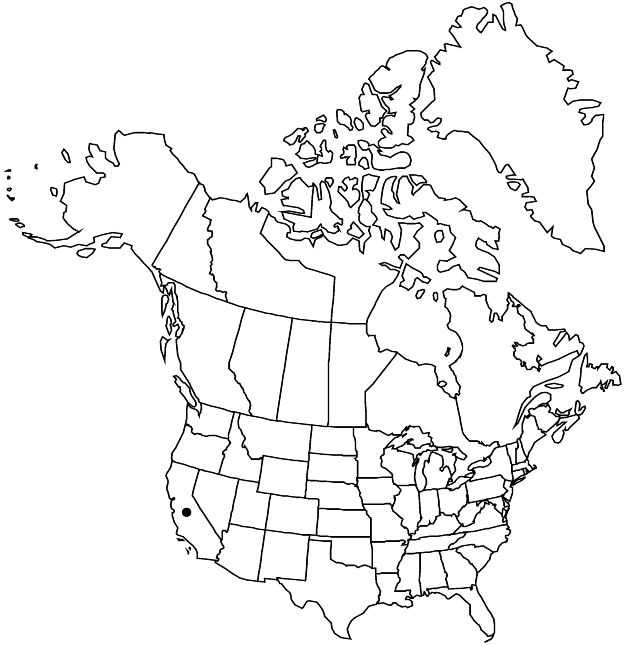Difference between revisions of "Ceanothus masonii"
Madroño 6: 171. 1942.
FNA>Volume Importer |
imported>Volume Importer |
||
| (3 intermediate revisions by 2 users not shown) | |||
| Line 40: | Line 40: | ||
-->{{#Taxon: | -->{{#Taxon: | ||
name=Ceanothus masonii | name=Ceanothus masonii | ||
| − | |||
|authority=McMinn | |authority=McMinn | ||
|rank=species | |rank=species | ||
| Line 55: | Line 54: | ||
|publication year=1942 | |publication year=1942 | ||
|special status=Endemic;Conservation concern | |special status=Endemic;Conservation concern | ||
| − | |source xml=https:// | + | |source xml=https://bitbucket.org/aafc-mbb/fna-data-curation/src/2e0870ddd59836b60bcf96646a41e87ea5a5943a/coarse_grained_fna_xml/V12/V12_523.xml |
|genus=Ceanothus | |genus=Ceanothus | ||
|subgenus=Ceanothus subg. Cerastes | |subgenus=Ceanothus subg. Cerastes | ||
Latest revision as of 20:16, 5 November 2020
Shrubs, 0.6–2 m. Stems erect to ascending, not rooting at nodes; branchlets dark brown, rigid, ± tomentulose. Leaves not fascicled; petiole 1–2 mm; blade flat, usually elliptic or oval, sometimes suborbiculate, 7–21 × 4–13 mm, base rounded to ± cuneate, margins not revolute, denticulate most of length, teeth 9–17, apex obtuse, rounded to truncate, abaxial surface pale green to grayish green, strigose on veins, glabrate, adaxial surface dark green, glabrous. Inflorescences axillary, 1–2.5 cm. Flowers: sepals, petals, and nectary deep blue to purple. Capsules 3–4 mm wide, not lobed; valves smooth, horns apical, minute, not rugose, intermediate ridges absent. 2n = 24.
Phenology: Flowering Feb–Apr.
Habitat: Soils derived from serpentine, chaparral, pine forests.
Elevation: 100–500 m.
Discussion
Ceanothus masonii occurs only at a few localities on Bolinas Ridge, Marin County. With the exception of its leaf morphology, it bears a close resemblance to C. gloriosus var. exaltatus.
Selected References
None.
